Rock On
30/01/12 14:32
Dan Kennedy, Rock On: An Office Power Ballad (Chapel Hill, NC: Algonquin, 2008)
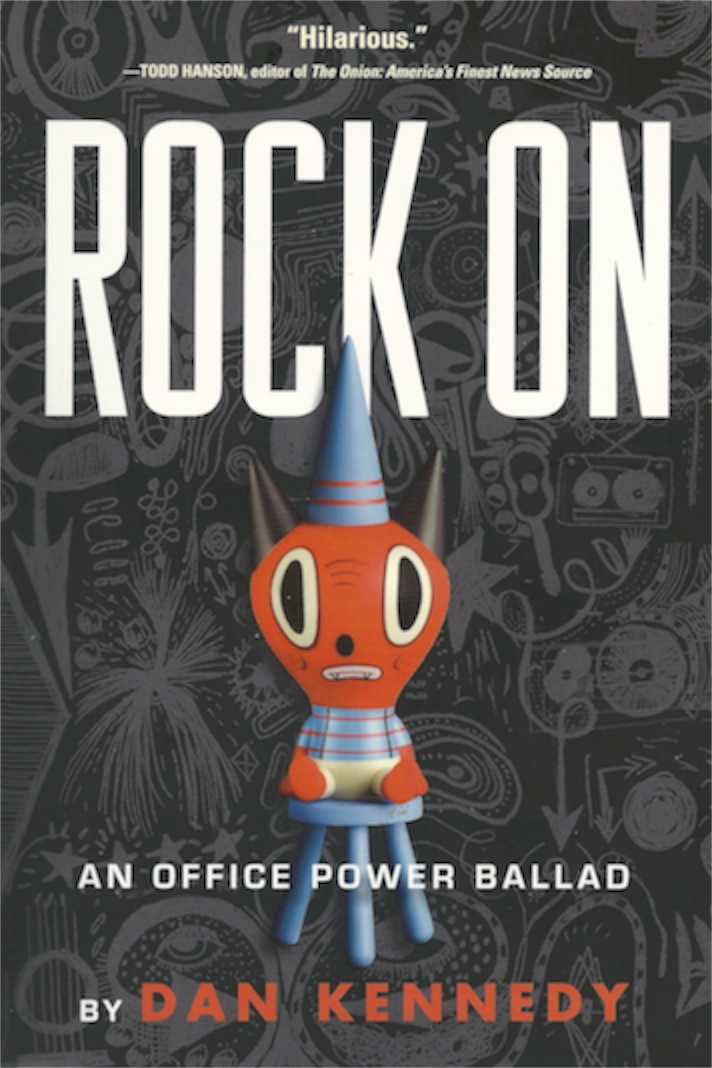
I probably would never have picked up this book if it hadn’t been for the frequent mentions of the web site for the book on NPR. As a fan of Public Radio, I know the name Dan Kennedy and one day decided to order the book just for the fun of trying to figure out what kinds of thoughts go through the head of creative people. Had I read the title, looked at the cover or even picked up the book in a bookstore, I might have not bothered to buying it.
The book is a fun story of what it might be like to have a short-lived mid-level career in the recording industry after the glory days of the industry have passed. It is also a credible commentary on the excesses of the industry and how mis-management can accelerate in the failure to recognize emerging trends. The world is changing and we all are changing with it whether or not we want to.
For anyone who has listened to albums and dreamed of being a rock star - then grown up knowing that that particular dream is never going to come true - this book is a joy and will stir some pleasant memories. And it is very funny. Who but Dan Kennedy can make you laugh out loud at the description of a middle aged guy getting laid off with no prospects for the next stage of his career?
Rock on!
The Power of Four
27/01/12 17:02
Joseph M. Marshall III, The Power of Four: Leadership Lessons of Crazy Horse.
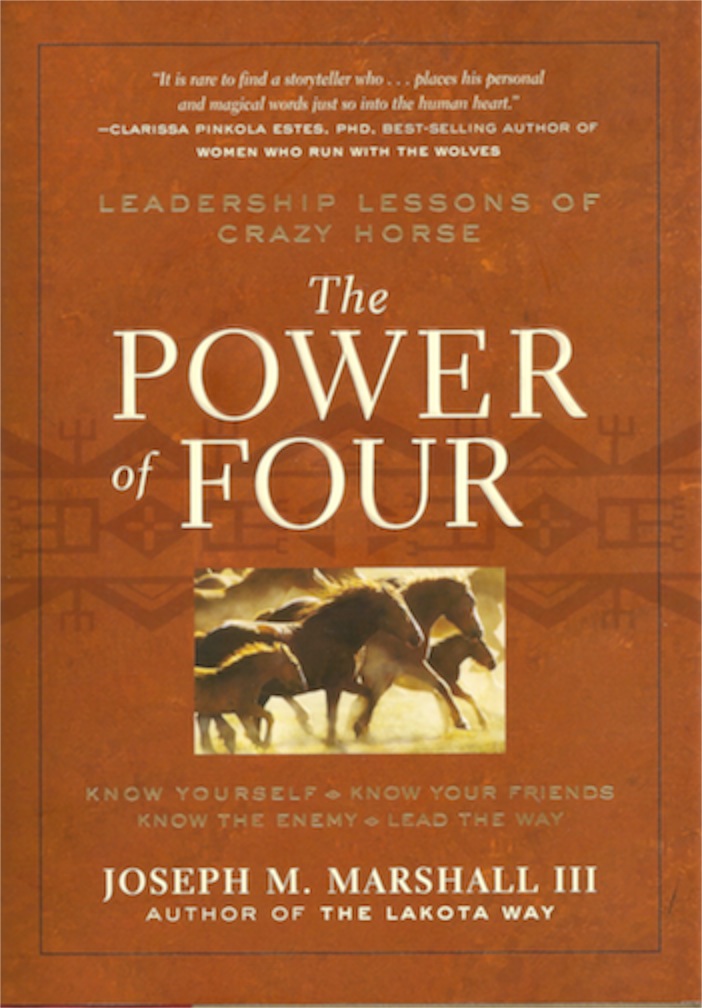
Joseph Marshall is one of the leading interpreters of Lakota culture to the wider society. I continue to be impressed with how well he writes and how well he communicates the truths of a culture that is rich in tradition, educational methods and techniques, and values that has been largely ignored by the dominant culture.
This slim volume is one of the most important books on leadership that I have read in a long time. The Lakota way of leadership is much closer to my core values and way of leading in the church than are books about political or business leadership.
The four principles are: Know Yourself, Know your Friends, Know the Enemy and Lead the Way. Of course in my line of work, I rarely encounter anyone who could accurately be labeled the enemy. I am called to lead a community that, like a band of Lakota, is a voluntary association. Unlike the Lakota in the time of Crazy Horse, we do not have an external enemy with the resources and intent of utterly destroying us. The challenge of identifying the enemy may be the most difficult part of applying the principles of this book to the contemporary church. However, even that chapter has been deeply meaningful to me as I struggle with the new shapes of leadership in a long term ministry.
This is a book to which I will return frequently in the years to come.
McSweeney's Issue 39
27/01/12 16:41
McSweeney’s Quarterly, Issue Number 39 (San Francisco: McSweeney’s, 2011)
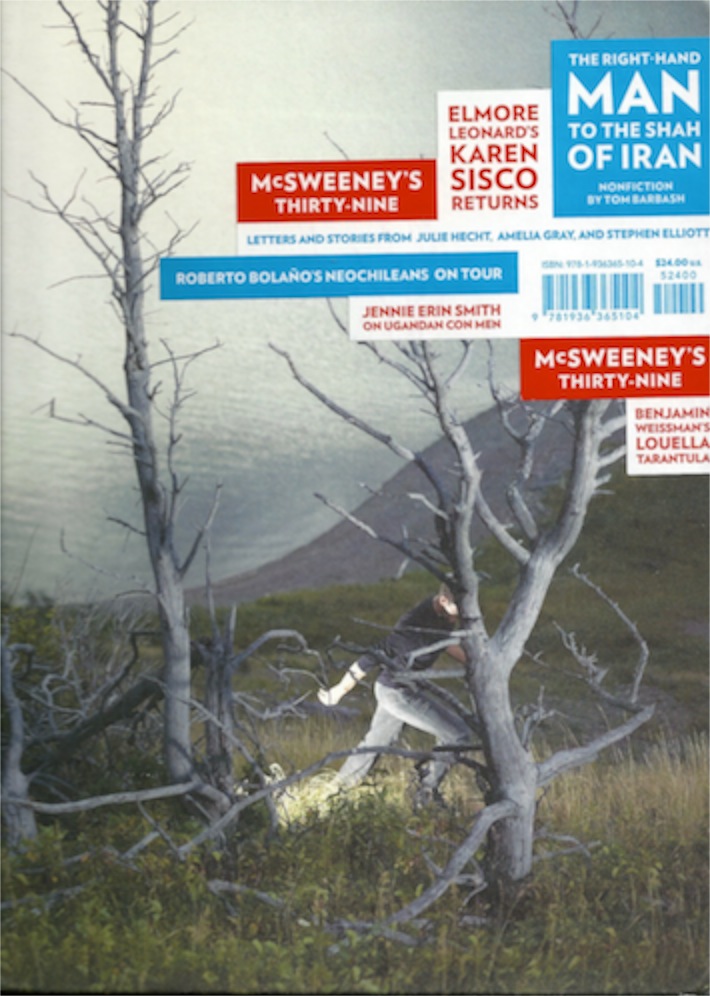
This blog is for the books I read and I don’t normally use the space to write about periodicals, but McSweeneys has produced some monumental issues recently. This hard-bound book has 15 significant essays and articles. There are works of fiction and non-fiction, including “Politics and Conscience” by Vaclav Havel and a concluding fiction piece on bullfighting by J.T.K. Belle. All in all there are 279 pages of excellent reading in the volume.
Even the letters in McSweeney’s Quarterly are masterful pieces of fiction and delightful to read. Following the writings of Dave Eggers led me to McSweeney’s and they are rapidly becoming one of my favorite publishing houses. I think I read six or eight books published by them pin the past year and anticipate reading even more in the year to come.
Sacred Objects and Sacred Places
27/01/12 16:25
Andrew Gilliford, Sacred Objects and Sacred Places: Preserving Tribal Traditions (Boulder, Colorado: University of Colorado Press, 2000)
There are plenty of complex issues surrounding the preservation of sacred objects and sacred places. The mis-management of sacred objects, including human remains, is a tragic legacy of the European colonization of North America. Recent laws providing for repatriation and protection of sacred objects and sacred places are opening new opportunities for deeper understanding of the meanings attaches to these objects and places.
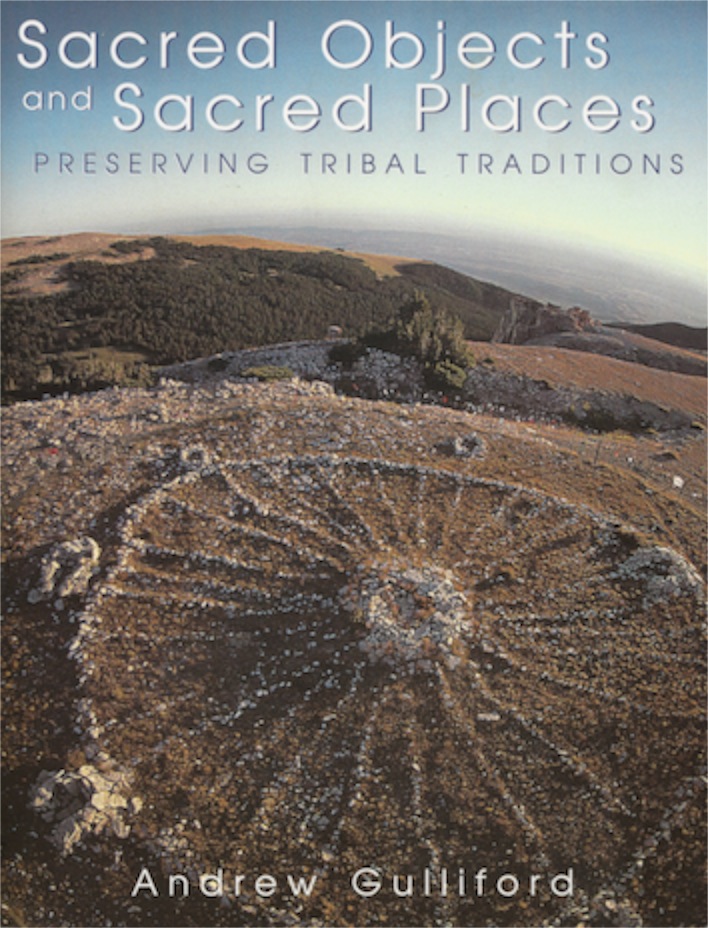
Guilliford has produced a well-organized, well-researched and well-executed book. Its thorough and broad coverage provides an excellent introduction to a wide variety of Native sacred sites.
We picked up this volume last fall during a visit to the home of Chief Plenty Coups in Montana. I’m sorry I hadn’t found it earlier as the subject is so clearly aligned with our 2006 sabbatical study. However, it is a meaningful book and I will be returning to it often in the years to come as we seek to visit additional sacred sites and learn more of the spiritual traditions of our neighbors.
God, If You're Not Up There
16/01/12 06:05
Darrell Hammond, God, If You’re Not Up There, I’m F*cked: Tales of Stand-up, Saturday Night Live, and Other Mind-altering Mayhem (New York: HarperCollins, 2011)
There are several clues in the title of this book that might indicate to someone who knows me that it might not have made it to the top of my reading list. First of all, there is a word in the title that I don’t use and that can be very offensive. Secondly, I am just not a stay up and watch television on Saturday night kind of guy. Of course I know of Saturday Night Live and I have watched a few episodes, but most of what I know about the show comes from watching clips of past shoes on YouTube.
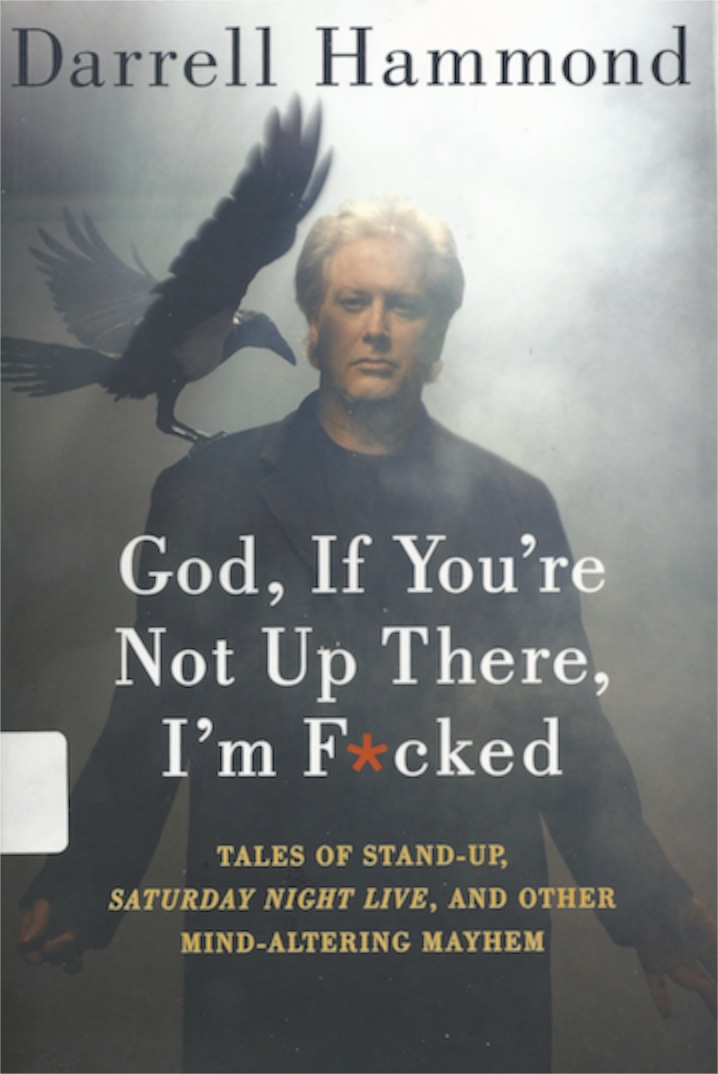
I picked up Darrell Hammond’s book for a different reason than to find out about popular culture or to read “forbidden” words. I have a deep interest in learning about and trying to understand the dynamics of mental illness. Hammond has been engaged in a life-long struggle with mis-diagnosed and sometimes accurately diagnosed psychiatric illness. The result is that he has had a lifetime of incredibly strong psycho pharmaceutical drugs, alcohol abuse, the abuse of dozens of illegal drugs, cutting himself and inner turmoil. In the midst of all of this he was somehow able to achieve brilliance as a performer and bring joy to millions through his acting and impersonations. He played many famous persons, but is perhaps best known for his portrayal of President Bill Clinton on Saturday Night Live and at numerous national press events and other occasions.
Reading the book made me realize how much pain he had to cut through to do his work.
It is a difficult book to read. But It is worth it because it gives an accurate account of one man’s perspective on his experiences. No child should have to suffer the trauma that Hammond experienced. But the past cannot be erased. Having been dealt an outrageously difficult hand from the beginning somehow Hammond has slogged through, survived, and triumphed. The struggles are not over, but I am deeply grateful he worked through all of the challenges to produce a book that helps me better understand.
Steve Jobs
11/01/12 20:59
Walter Isaacson, Steve Jobs, (New York: Simon & Schuster, 2011)

This is the biography that Steve Jobs himself authorized and supported by granting Isaacson many interviews and allowing Isaacson to interview both friends and foes, former and current employees of Apple. And Isaacson was thorough. The book isn’t some sugar-coated all positive biography, but rather a well-researched and accurate picture of a very complex and often mystifying man, who demonstrated great genius, participated in the development of great products and built the world’s most valuable company.
I have been interested in Jobs for decades. I was an early owner of a MacIntosh computer and have continually owned Macs since not long after they came out. I met him when he was starting NeXT Computer. I have been predisposed to like him, but have long known that there were aspects of his personality that are not in the least bit appealing. He wasn’t always kind to those who worked for him, those who helped him, and even those who were members of his family.
Isaacson doesn’t pull any punches. He simply tries to tell the story. And I think he succeeded. This is an important biography. I am sure there will her many others in the decades to come. I’m sticking this one on my shelf. It is a book to which I will return again and again - not because Steve Jobs life has much to teach me about how to live my life, but because it helps me to understand the both the promise and challenge of genius.
Stuff White People Like
04/01/12 04:07
Christian Lander, Stuff White People Like: The Definitive Guide to the Unique Taste of Millions (New York: Random House, 2008)
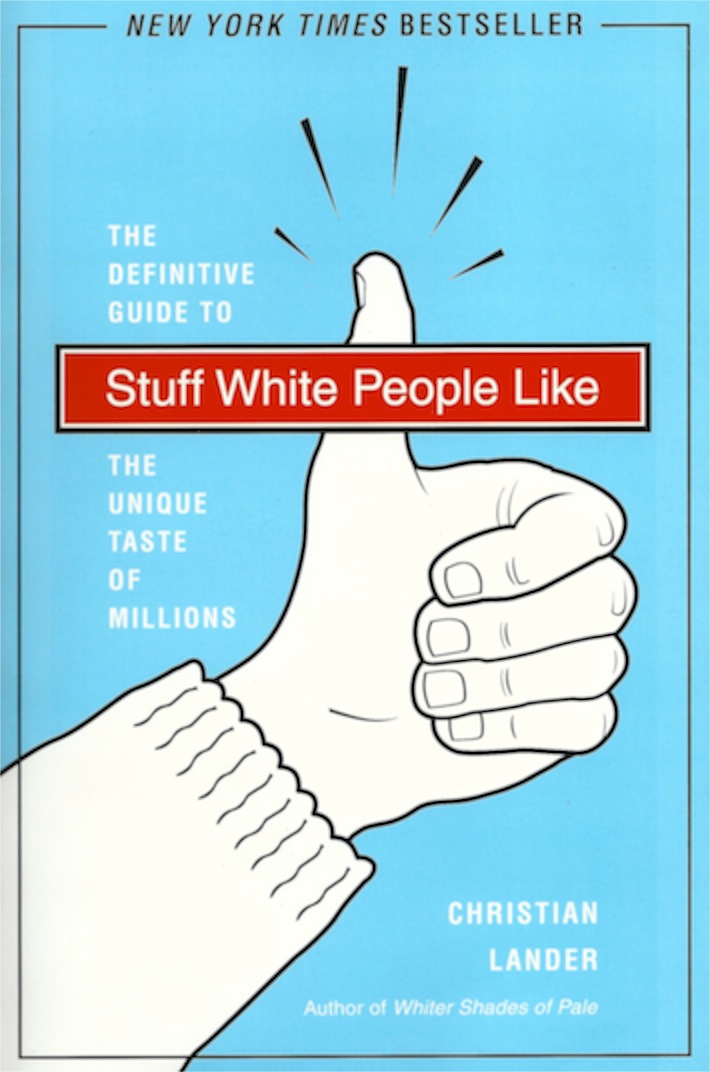
Racial jokes are only funny inside of a particular racial or ethnic group. When one group tells jokes on another, the humor is often lost. When it is not lost, it can quickly become destructive and even mean. So a book that provokes us to laugh at ourselves is not only funny, but also an invitation to do a little bit of reflection about race. Now, just four years later, it is important to remember that this book came out in the year that Barak Obama was elected President of the United States. Americans spent the year trying to avoid talking about race. We still are reluctant to have those conversations. European Americans are particularly slow to speak of our own unique heritage, ideas, and identities.
The book is light-hearted and not meant to make a heavy social statement. Perhaps that is the best way to get us to take a look at ourselves. There are 150 very short observations in the book, along with some delightfully funny charts. I recommend this book for all white folks. It might even work for a book club or other group to start some conversations about how we are, how we appear to others, and what makes us behave the way we do.
Weird Missouri
01/01/12 16:21
James Strait, Weird Missouri: Your Travel Guide to Missouri’s Local Legends and Best Kept Secrets (New York: Sterling, 2008)
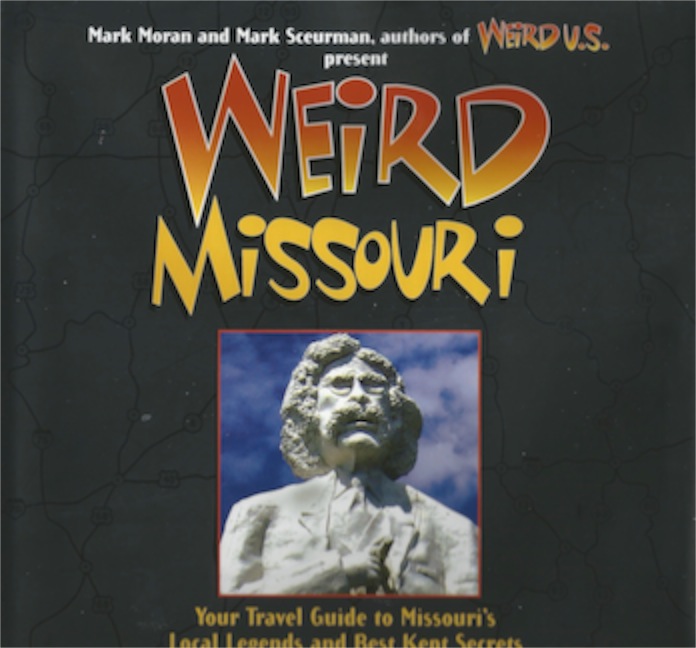
This book was a most appropriate Christmas gift and a fun read around the edges of the week after Christmas. Since we have a daughter and son-in-law who live in Missouri, we will have the opportunity to explore that state and we are much more attracted to strange, obscure, and out-of-the-way attractions than the big tourist sites.
Produced by Mark Moran and Mark Sceurman, authors of Weird U.S., the book is a collection of short essays about all sorts of strange things that are found in the State of Missouri. The book is divided into a dozen categories such as “local legends,” “roads less traveled,” “tales from the grave,” and other similar titles. It has a bit too much of the paranormal, ghost stories and strange graveyard occurrences for me, but there are also lots of other things to discover in Missouri. My favorite section is “Roadside Oddities.” If I hadn’t read this book, I might never have found out about boathenge.
This is a delightful read and one of those books that everyone who has some time to spend in Missouri might appreciate.